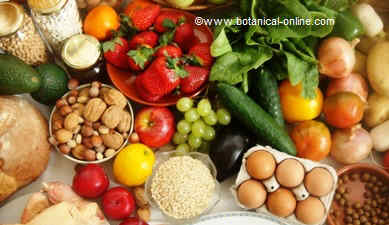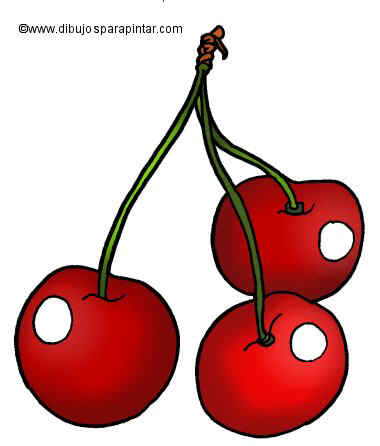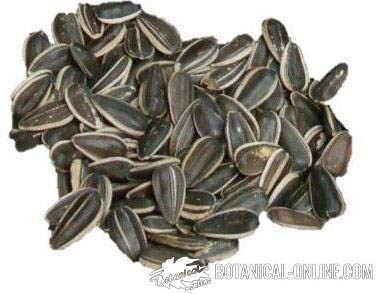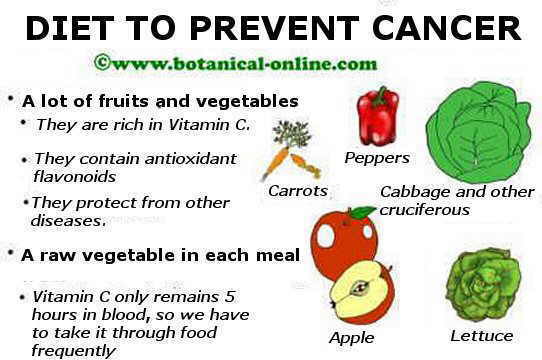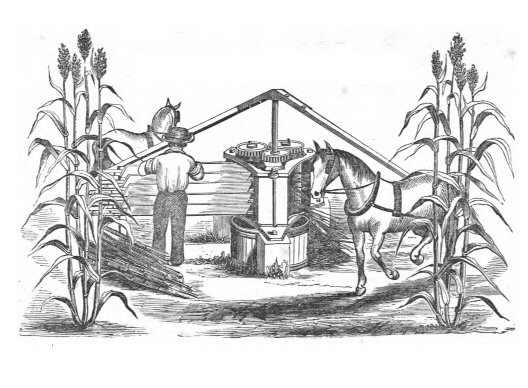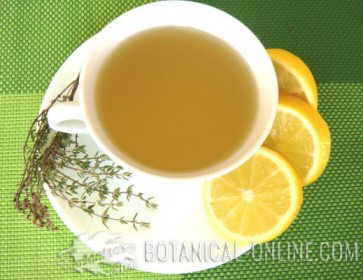Contents
What is retinol?
It is the form of vitamin A that our body produces in the intestine from animal sources. Retinol is the main form of vitamin A in human diets.
Vitamin A can also be obtained from the so-called vitamin A precursors, that is, from plant carotenes (alpha carotene, beta carotene and gamma carotene), and from xanthophyll beta-critoxanthin.
The human body converts these precursors into retinal (retinaldehyde) which, in turn, also becomes retinol.
Functions of retinol
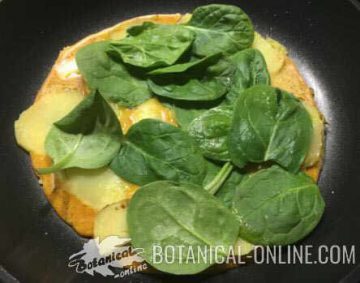
Retinol, in addition to exercising a positive function in food, is used as a cosmetic product for the treatment of numerous skin abnormalities
How to find retinol in food composition tables?
In the tables of nutritional composition we can find the levels of vitamin A of the different foods in the form of their equivalent as retinol.
Retinol rich foods
The following table of plant and animal foods contains the values of vitamin A in the form of retinol (its equivalent) that some foods contain.
It should be borne in mind that vitamin A levels are a function of 100g of food, and that in some cases, that amount is not consumed, either because less amount is really consumed or , on the contrary, because it is consumed much more , so the intake of this vitamin will vary considerably.
| Food from plant origin | Eq. Retinol (mg.) |
| Bran flakes | 1.4 mg |
| Mcg. | |
| Kale | 833 µg |
| Spinach | 816 µg |
| Fennel | 783 µg |
| Valerian | 650 µg |
| Margarine | 608 µg |
| Sorrel | 583 µg |
| Swiss chard | 583 µg |
| Watercress | 365 µg |
| Rye germ | 340 µg |
| Escarole | 333 µg |
| Broccoli | 316 µg |
| Apricot | 298 µg |
| Persimmon | 242 µg |
| Endive | 216 µg |
| Wheat germ | 160 µg |
| Lettuce | 150 µg |
| Tomato | 133 µg |
| Papaya | 125 µg |
| Olive oil | 120 µg |
| Corn | 120 µg |
| Dry plum | 112 µg |
| Roasted peanut | 110 µg |
| Yellow melon | 100 µg |
| Pumpkin | 100 µg |
| Pepper | 100 µg |
| Soy | 95 µg |
| Peache | 73 µg |
| White bean | 67 µg |
| Tangerine | 57 µg |
| Brussels sprout | 55 µg |
| Pea | 50 µg |
| Asparagus | 50 µg |
| Cashew | 30 µg |
| Almond | 23 µg |
| Walnut | 10 µg |
| Sunflower oil | 4 µg |
| Food from animal origin | Eq. Retinol (mg.) |
| Cod liver oil | 25.5 mg |
| Chicken liver | 11.6 mg |
| lamb liver | 9.5 mg |
| Veal liver | 8.3 mg |
| Pig liver | |
| Mcg. | |
| Eel | 980 µg |
| Butter | 653 µg |
| Camembert cheese | 630 µg |
| Caviar | 560 µg |
| Egg yolk | 550 µg |
| Canned tuna | 370 µg |
| Emmental cheese | 343 µg |
| Tender cheese | 325 µg |
| liquid cream 30% | 275 µg |
| Eggs | 202 µg |
| Oysters | 93 µg |
| Goat milk | 73 µg |
| Salmon | 66 µg |
| Mussel | 54 µg |
| Sheep milk | 50 µg |
| Cow milk | 33 µg |
| Clam | 33 µg |
| White fish | 10-30 µg |
![]() More information on retinol and vitamin A
More information on retinol and vitamin A

